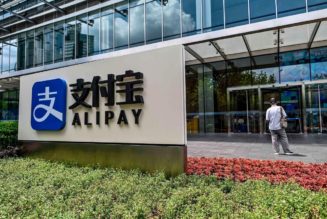Columnists
Why Turkana oil needs a strategic rethink to rekindle investor appetite
Friday February 10 2023
Tullow Oil tanks at its Turkana field. FILE PHOTO | NMG
Turkana oil exploitation is in a dilemma, with Kenya sitting on about 100,000 barrels per day of crude but having no certainty if or when that oil will be commercialized to add economic value to Kenya.
The oil was discovered in 2012. But since 2014 changing global circumstances, mainly supply/demand uncertainties created by the energy transition from fossil fuels to renewables, have reduced investor and financier appetite to fund Turkana oil development.
Global investors and financiers are currently opting to fund only those new oilfields that have short project development times and low break-even oil prices that assure returns in a volatile oil market.
These opportunities are usually in offshore areas (e.g. Guyana, Suriname, and recently Namibia) where production and export infrastructure is quick to assemble. Onshore Turkana oil requires a minimum of three years to construct an export pipeline via Lamu.
Current Turkana Oil investors are either under-capitalized or not prioritising the project, choosing instead to offer their assets to strategic investors, a process whose timelines cannot be assured.
The government has twice renewed investor oilfield licenses, understandably to permit finalization of field development plans (FDP) as the investors search for buyers of their assets.
The only way that the investors can assure Kenya of commitment to Turkana oil development is by publishing timelines for final investment decisions (FIDs).
The Department of Petroleum may wish to invite Kenyan upstream and midstream experts for a brainstorming session to explore and inform available options for Turkana oil, without prejudice to the ongoing FDP studies. Routine annual extensions of FDPs may be robbing Kenya of precious time as Turkana oil rapidly loses economic significance and value.
The best-case scenario is, of course, the export of oil via Lamu, but my estimation is that this option may be far-fetched considering the reduced availability of oil development funding, especially by Western banks.
A more realistic option is commercialisation of Turkana oil locally, and this may entail inviting more pragmatic investors from the east (India and China) who may be keen on a very simple refinery in Turkana County to make basic distillation straight-run products (LPG, kerosene, diesel, fuel oil) with naphtha exported to fund imports of gasoline.
Further, as long as Kenya continues to import fuel oil and coal for heavy industries and thermal power plants, raw crude oil can equally do these tasks — a pragmatic albeit non-conventional solution that has forex benefits.
The ultimate despair option is to leave the oil underground forever. Yes, the Turkana oil conversation should be kept alive.









